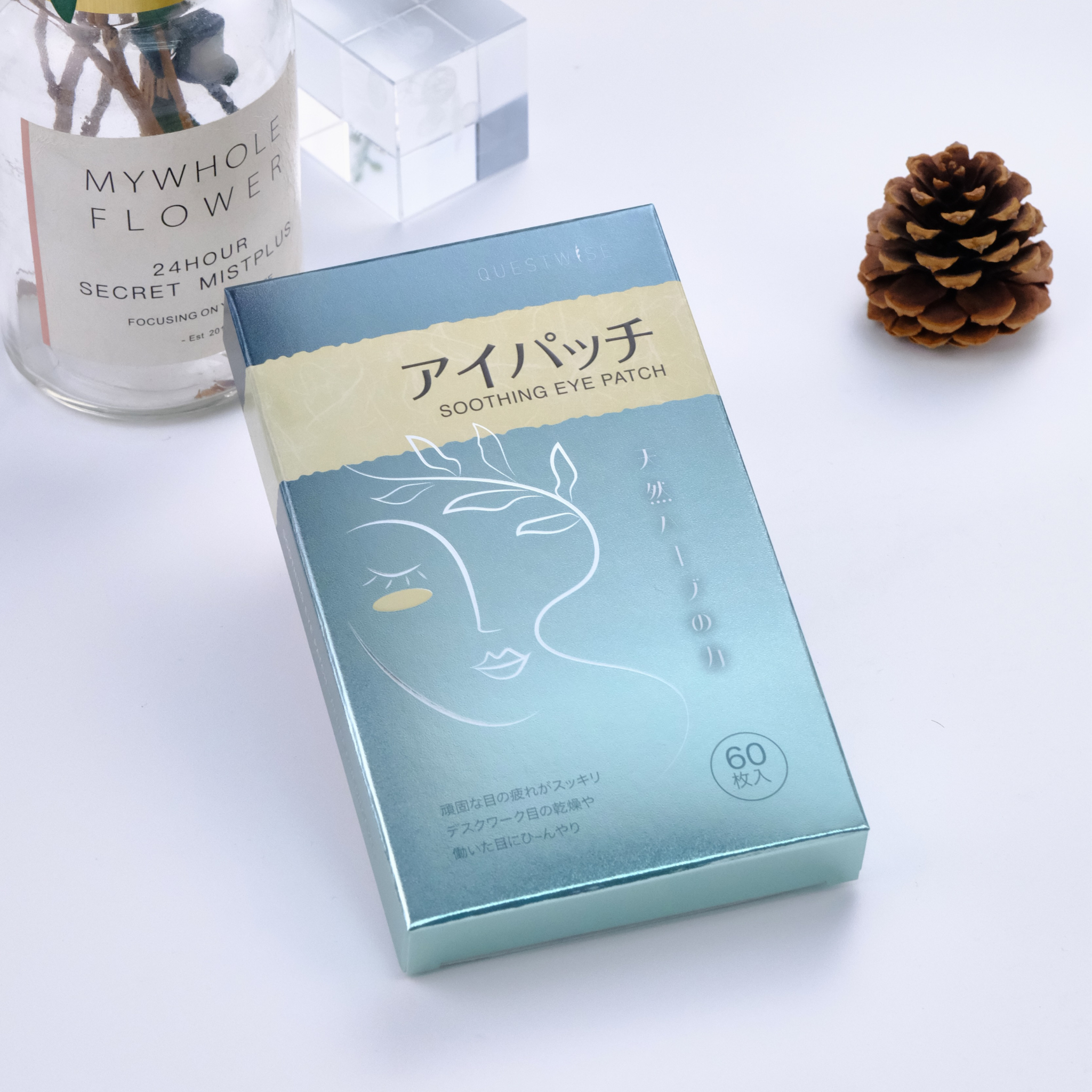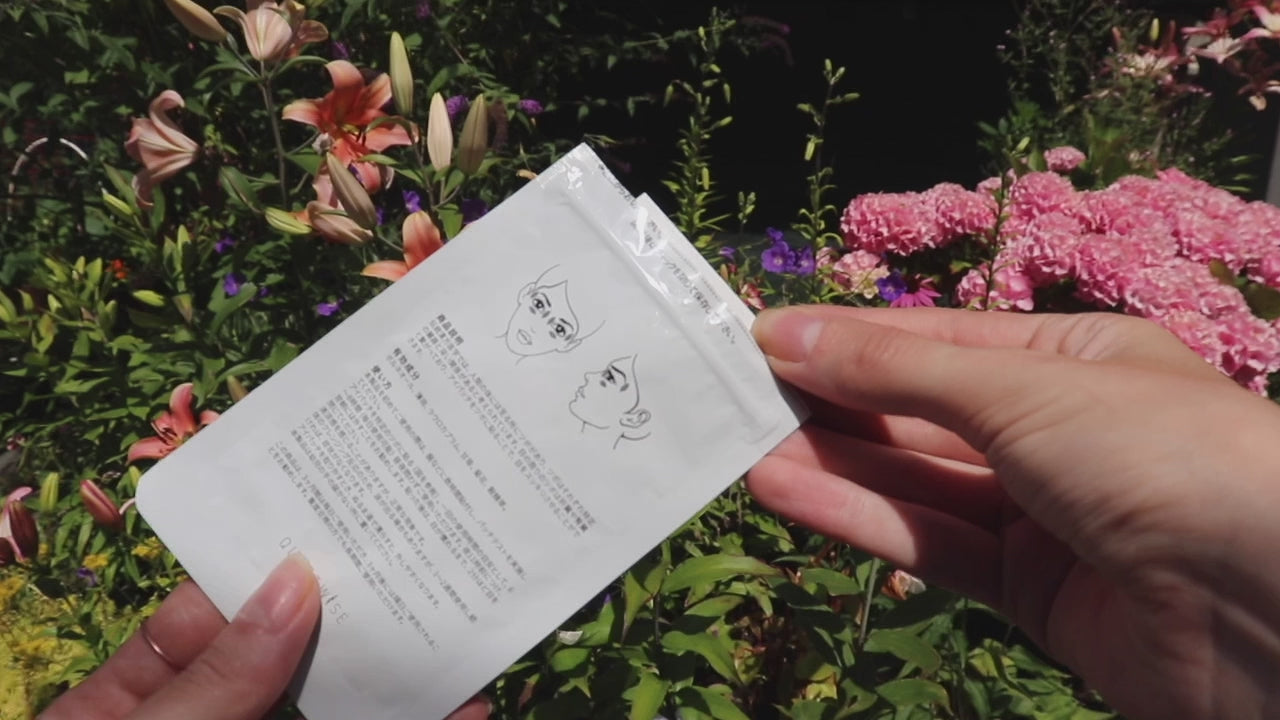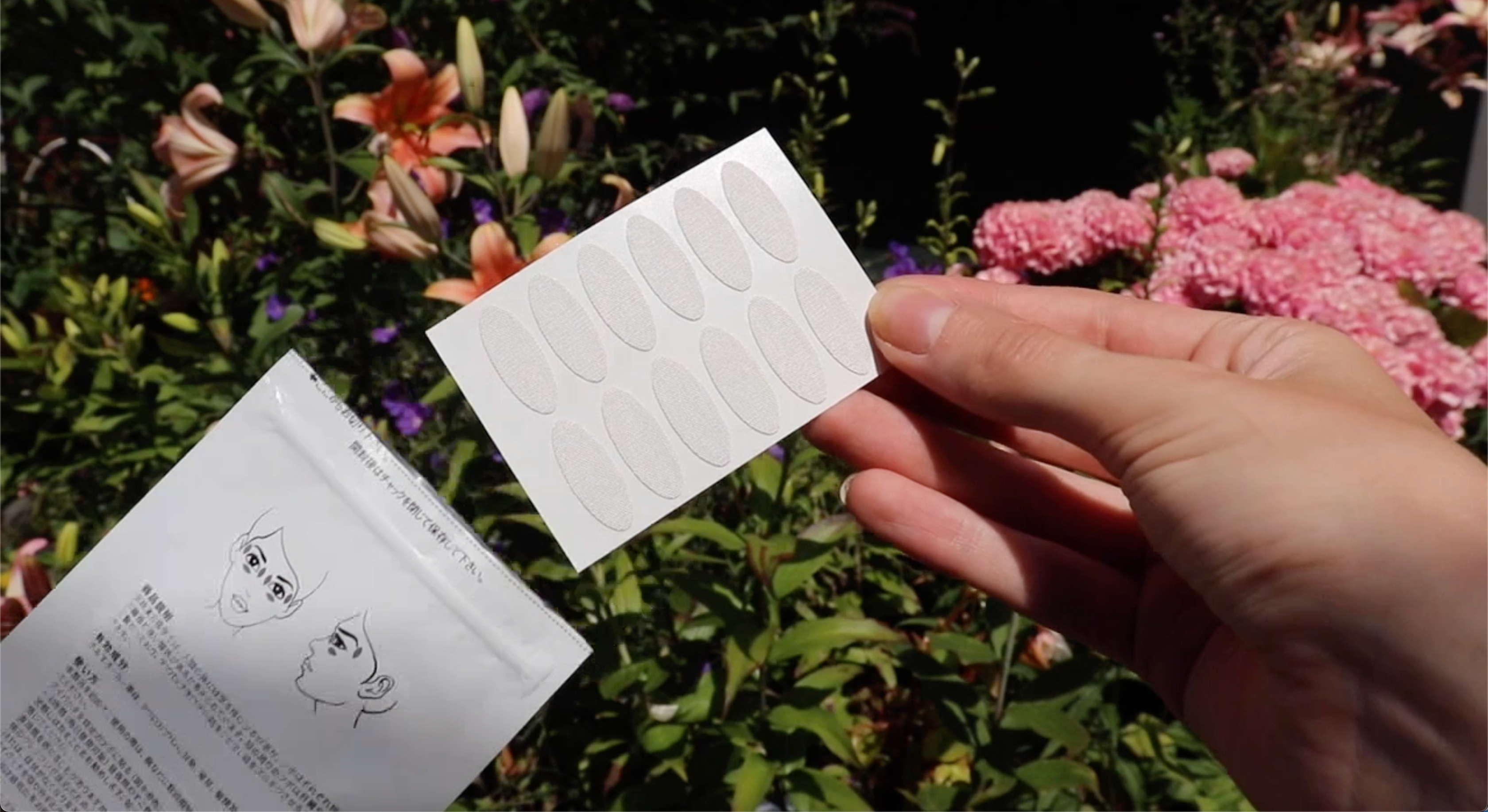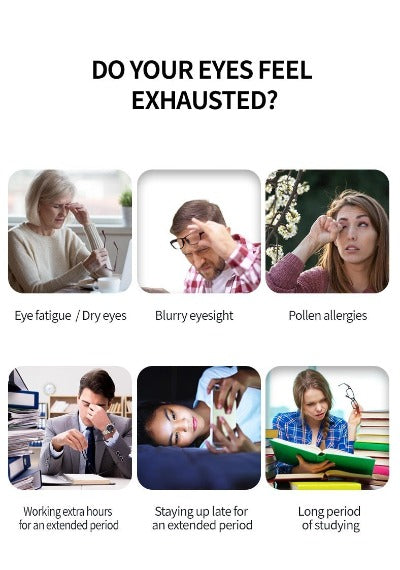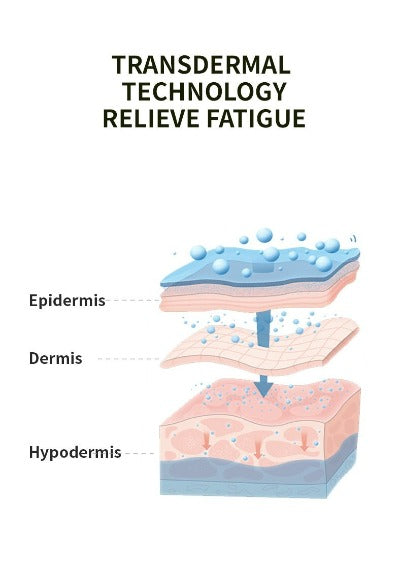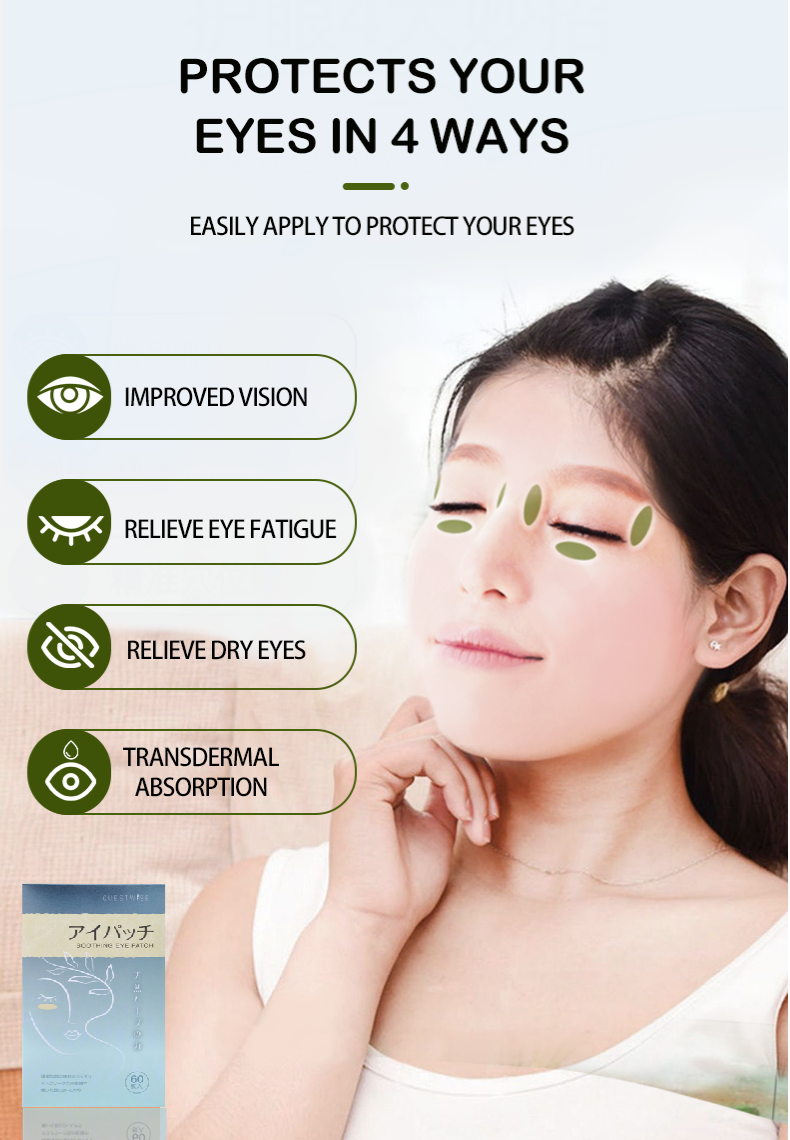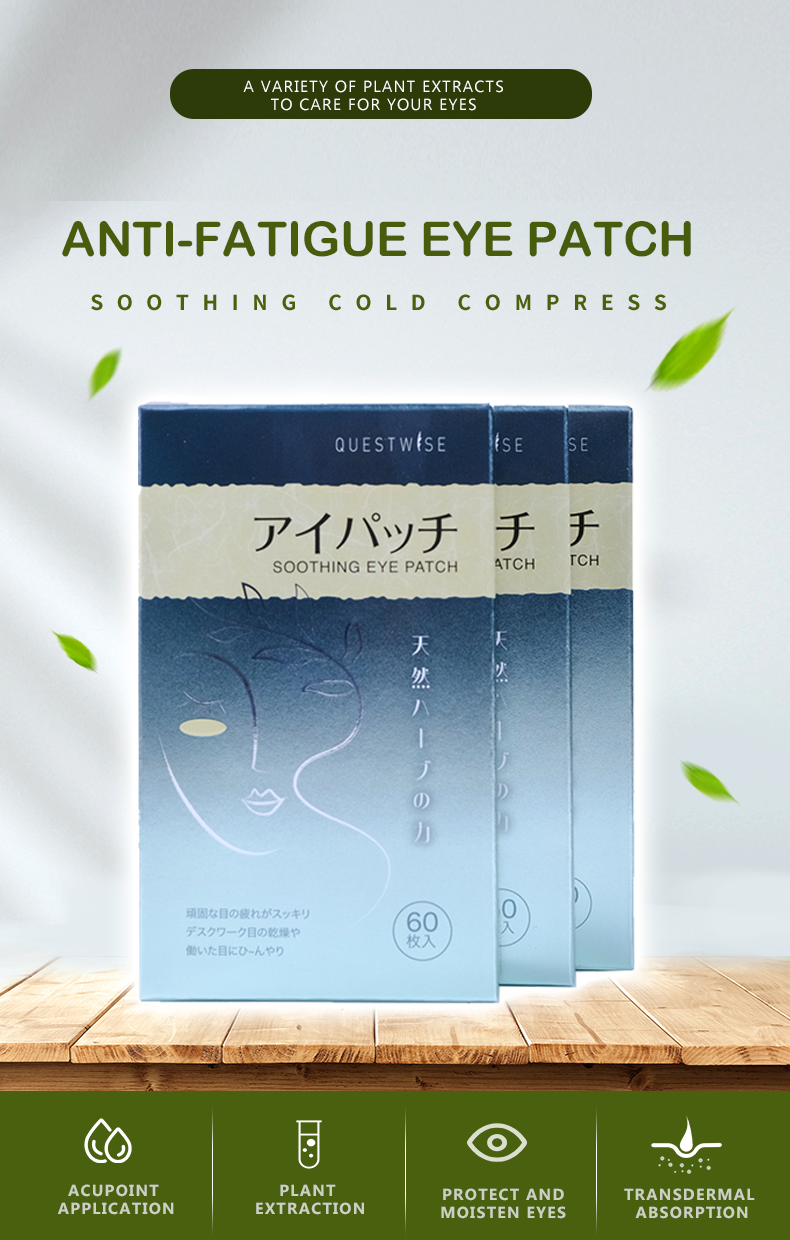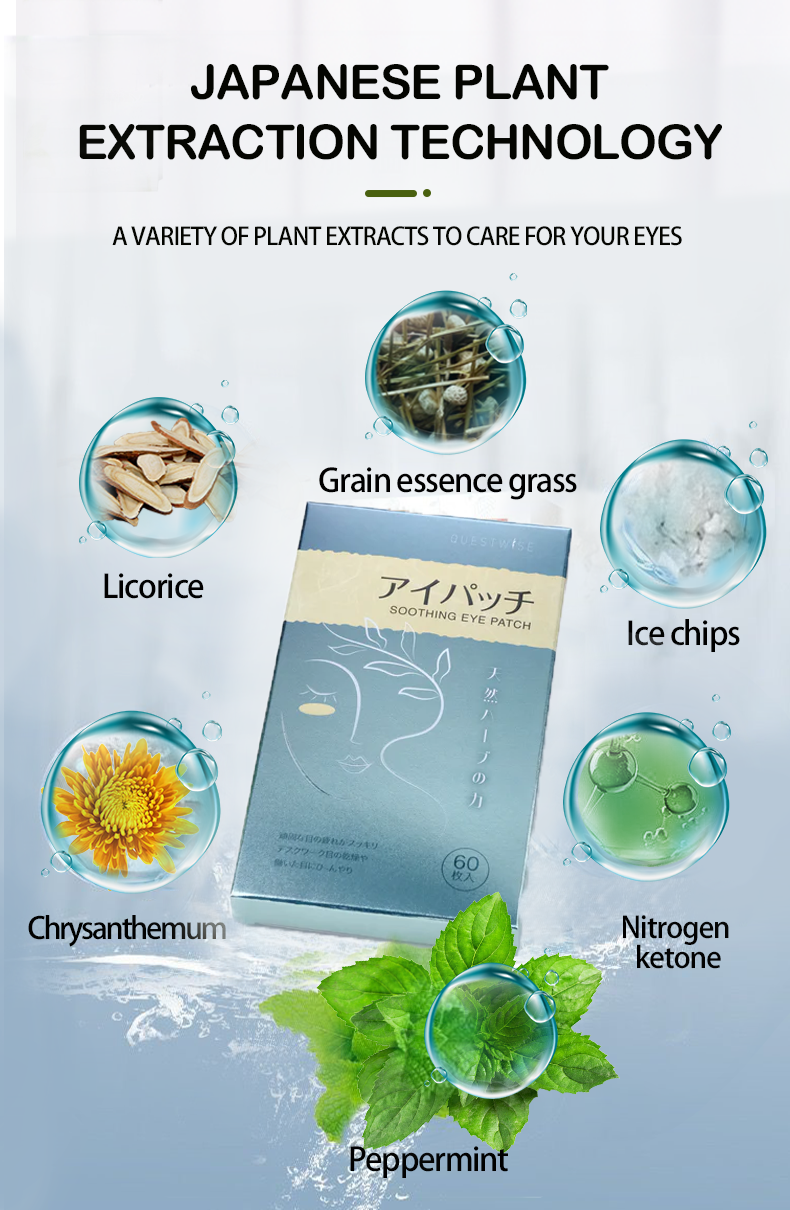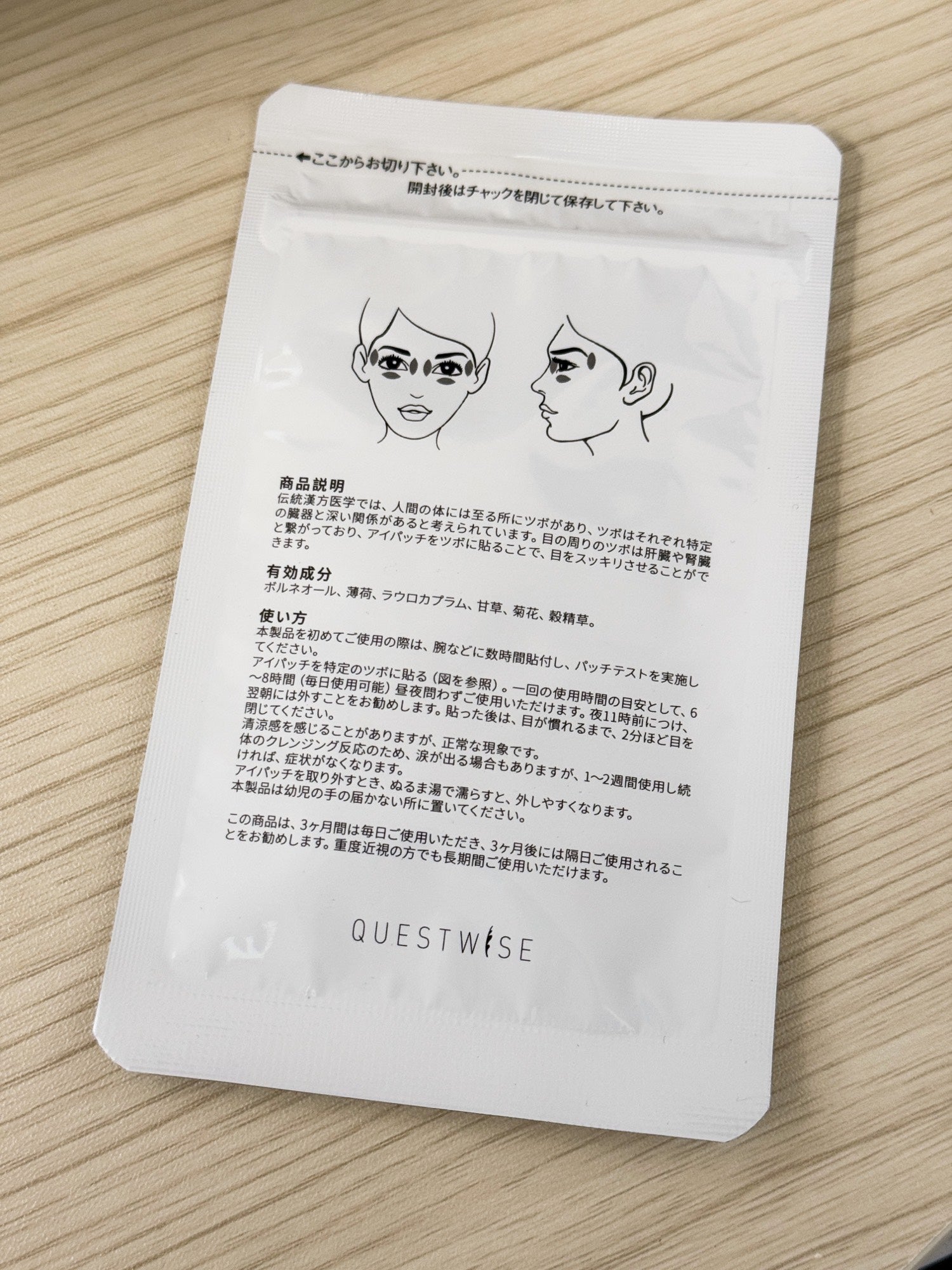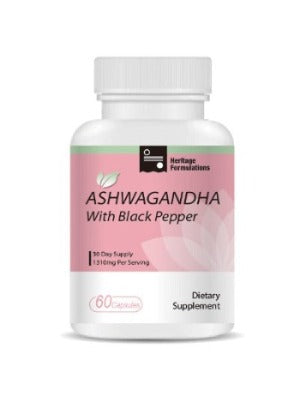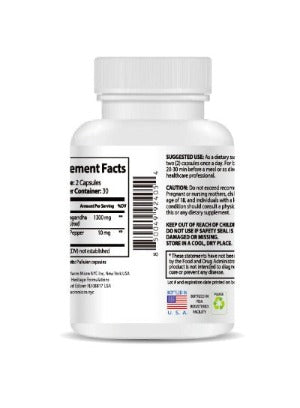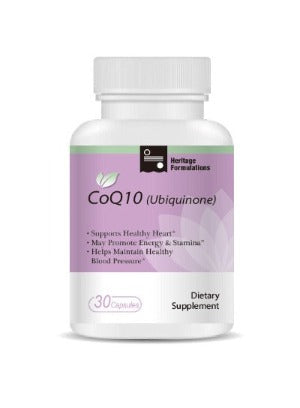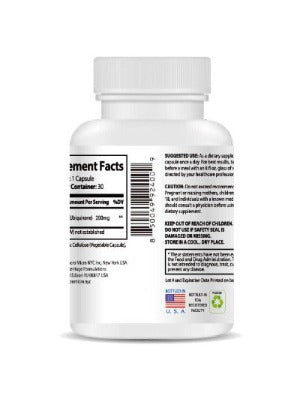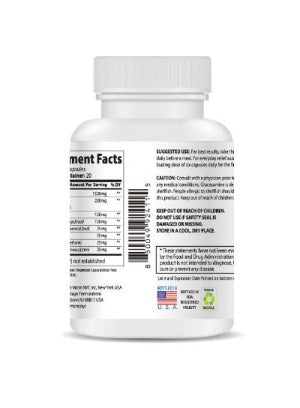It’s 3:00 PM on a workday. The initial morning focus has faded, and the screen in front of you seems to be getting brighter and harsher by the minute. Your eyes feel gritty, heavy, and tired. You might find yourself blinking hard to clear a momentary blur, or rubbing your temples to ease a dull ache. The temptation is to grab another cup of coffee to power through, but that familiar caffeine jolt does little for the growing discomfort in your eyes.
If this scenario feels all too familiar, you are not alone. This daily battle with eye strain is the reality for millions of office workers, students, and professionals. We often dismiss it as a normal side effect of a hard day's work, but this persistent discomfort is often a clear sign of Dry Eye Syndrome, a condition exacerbated by the very environment we work in.
But what if you didn’t have to simply endure it? What if the solution to your eye strain was as simple as changing what’s in your mug and learning a two-minute routine you can do right at your desk? Drawing on the profound wisdom of Traditional Chinese Medicine (TCM) and the expertise of third-generation practitioner Dr. Jesse Huang, this guide will provide you with a simple, practical toolkit to soothe, hydrate, and revitalize your eyes, transforming your workday from one of endurance to one of comfort.
The Office Environment: A Perfect Recipe for Dry Eyes
Before we dive into the solutions, it’s crucial to understand why the typical office environment is so challenging for our eyes. According to Dr. Huang, it’s a combination of two key factors.
1. The Unblinking Screen Stare
The primary culprit is, without a doubt, our prolonged engagement with digital screens. When we are absorbed in our work—reading emails, analyzing spreadsheets, or attending virtual meetings—our natural blink rate plummets. Blinking is essential; it’s our body’s automatic mechanism for spreading a fresh, protective tear film across the surface of our eyes. When we do it less frequently, this tear film becomes unstable and evaporates, leaving our eyes exposed and irritated.
From a TCM perspective, the damage is even deeper. A classical principle states, "prolonged looking injures the blood" . In TCM, "Blood" is the vital, nourishing substance that moistens our tissues. The eyes are incredibly dependent on a rich supply of this Blood to stay healthy. Hours of intense visual focus consume this resource, leading to a state of malnourishment that manifests as dryness, fatigue, and blurry vision
2. The Climate-Controlled Desert
The second factor is the air we breathe. Office buildings rely on central air conditioning in the summer and heating in the winter to maintain a constant temperature. While comfortable, these systems strip the air of its natural humidity, creating an incredibly dry environment. This dry air acts like a sponge, dramatically increasing the rate at which tears evaporate from the surface of our eyes。
In TCM, this is understood as an attack by an external pathogen called "Dryness Evil," which invades the body and injures our precious "Yin" fluids. The combination of internal Blood depletion from screen use and external fluid evaporation from the dry air creates the perfect storm for Dry Eye Syndrome to develop and flourish.
Your Desk-Side TCM Toolkit: Part 1 — One Cup of Tea
The first step in your office eye-care revolution is to rethink your afternoon beverage. Instead of a dehydrating coffee, choose to brew a cup of tea specifically designed to nourish your eyes from the inside out. Here is a simple "menu" of four herbal teas recommended by Dr. Huang that are easy to prepare at your desk with just a mug and a hot water dispenser.
1. For General Fatigue & Redness: Goji Berry and Chrysanthemum Tea
How it Works: This is the quintessential eye-health tea. Goji berries are renowned in TCM for nourishing the Liver and Kidneys, which are the root organs of eye health. Chrysanthemum flowers are cooling and help to soothe the irritation and redness that come from eye strain.
-
Desk-Side Brewing: Keep a small bag of each dried herb at your desk. Simply add a teaspoon of goji berries and a few dried chrysanthemum flowers to your mug and fill with hot water.
2. For Deeper Dryness & Blurry Vision: Cassia Seed and Dendrobium Tea
-
How it Works: If your eyes feel truly parched, this tea offers deeper hydration. Dendrobium is a prized herb known for its ability to generate the body's essential Yin fluids. Cassia seeds are traditionally used to "brighten" vision.
-
Desk-Side Brewing: This one requires a little prep, but it's worth it. You can find pre-made tea bags online or prepare a thermos of it in the morning to sip throughout the day.
3. For Overall Exhaustion & Eye Strain: Mulberry and Goji Berry Tea
How it Works: This delicious, slightly sweet tea is perfect when your eye fatigue is part of a bigger picture of feeling generally run-down. Mulberries are excellent for building Blood, directly counteracting the effects of "prolonged looking."
-
Desk-Side Brewing: Like the goji and chrysanthemum tea, simply keep a bag of dried mulberries and goji berries at your desk and steep them in hot water.
4. For Combating Dry Office Air: Glehnia and Ophiopogon Tea
-
How it Works: Think of this combination as your personal humidifier. Both herbs are masters at moistening dryness and helping the body generate and retain fluids, making it the perfect antidote to a dry, climate-controlled office.
-
Desk-Side Brewing: This is another tea that is best prepared in a thermos in the morning to enjoy all day long.
Your Desk-Side TCM Toolkit: Part 2 — A Few Acupoints
This simple, two-minute acupressure routine is your secret weapon for immediate relief. You can do it discreetly at your desk anytime you feel pressure or strain building up. Acupressure works by stimulating local circulation, bringing a fresh flow of nourishing Blood to the tissues and relaxing tense muscles.
Dr. Huang recommends focusing on these four powerful points
1. Jingming (睛明 - "Bright Eyes"):
-
Location: Find the small hollow at the inner corner of your eye, right next to the bridge of your nose .
Technique: Using your index finger, apply gentle but firm pressure for 30 seconds.
2. Zanzhu (攢竹 - "Gathered Bamboo"):
-
Location: This point is in the small depression at the very beginning of your eyebrow, on the inner side .
Technique: Use your thumbs or index fingers to press firmly into this notch for 30 seconds.
3. Taiyang (太陽 - "Sun"):
-
ocation: Find the tender depression on your temples, about one finger-width from the outer corner of your eye.
-
Technique: Use your middle fingers to make slow, gentle circles for 30 seconds.
4. Sibai (四白 - "Four Whites"):
-
Location: Look straight ahead. The point is about 2cm directly below your pupil, in a small depression on your cheekbone
Technique: Press gently with your index finger for 30 seconds.
The Foundational Habit: Master the 20-20-20 Rule
Beyond tea and acupressure, there is one habit that can fundamentally change your relationship with your screen. Dr. Huang advises all screen users to adopt the 20-20-20 rule: for every 20 minutes of computer use, take a 20-second break to look at something 20 feet away
This simple action breaks the cycle of intense, "prolonged looking." It allows your eye muscles to relax and, from a TCM perspective, gives your body a moment to stop consuming Liver Blood, helping to preserve your precious resources throughout the day.
You don't have to accept eye strain as a necessary evil of modern work. By integrating these simple TCM techniques into your daily routine, you can take an active role in nurturing your eye health, transforming your desk into a sanctuary of relief and well-being.
Your Questions Answered: A Q&A for the Office Warrior
Q1: How can I tell if I have simple eye fatigue from a long day or actual Dry Eye Syndrome? A: According to Dr. Huang, the key differentiator is rest. The symptoms of simple eye fatigue will typically improve or disappear after you take a significant break from your screen or get a good night's sleep. The symptoms of Dry Eye Syndrome, particularly the sensations of dryness and grittiness, are more persistent and will not resolve easily with rest alone
Q2: My company offers ergonomic advice, including blue-light-blocking glasses. Do they help with the dryness? A: Dr. Huang explains that blue-light glasses are helpful for reducing eye fatigue and may help prevent long-term, aging-related eye issues. However, they do not have any direct impact on the quality or quantity of your tears. So, while they can make your screen time feel more comfortable, they are not a treatment for the underlying dryness.
Q3: What is the single most important habit I can adopt during my workday to protect my eyes? A: While all the strategies work together, the most impactful active habit you can practice during work hours is the 20-20-20 rule. Dr. Huang specifically recommends this technique as a direct intervention for screen use. It's the most effective way to periodically break the cycle of "prolonged looking" that TCM identifies as a primary cause of eye strain and Blood depletion.
Q4: I use artificial tears at my desk all day. Is that okay? A: Artificial tears can provide temporary relief, but Dr. Huang advises caution. He refers to them as a mere "substitute" for your own tears . The bigger concern is the frequent use of formulas with preservatives . If you are using drops frequently (6 to 8 or more times a day), these preservatives can damage the surface of your cornea . It's better to choose preservative-free options for frequent use, but the ultimate goal of TCM is to restore your body's own ability to create tears, reducing this dependency.
Q5: How often should I do the acupressure routine for it to be effective? A: The transcript doesn't specify a frequency, but for office-related strain, a practical approach is best. Try to perform the two-minute routine 2-3 times throughout your workday, especially when you feel strain building up or during natural pauses like the 20-20-20 break. Consistency is more important than intensity. A few minutes, several times a day, will be more beneficial than one long session.


